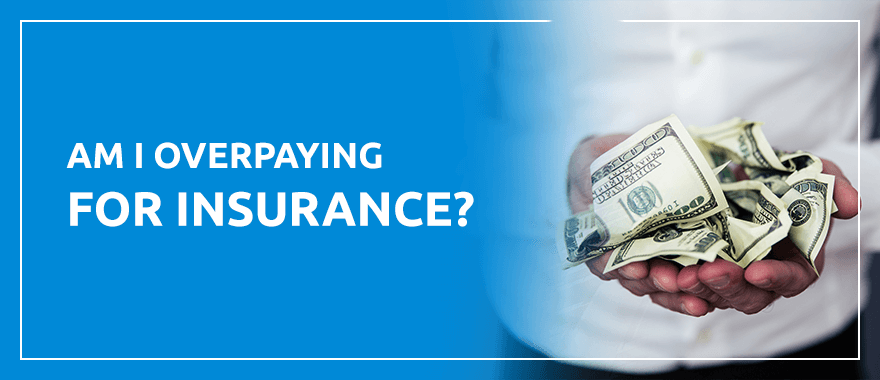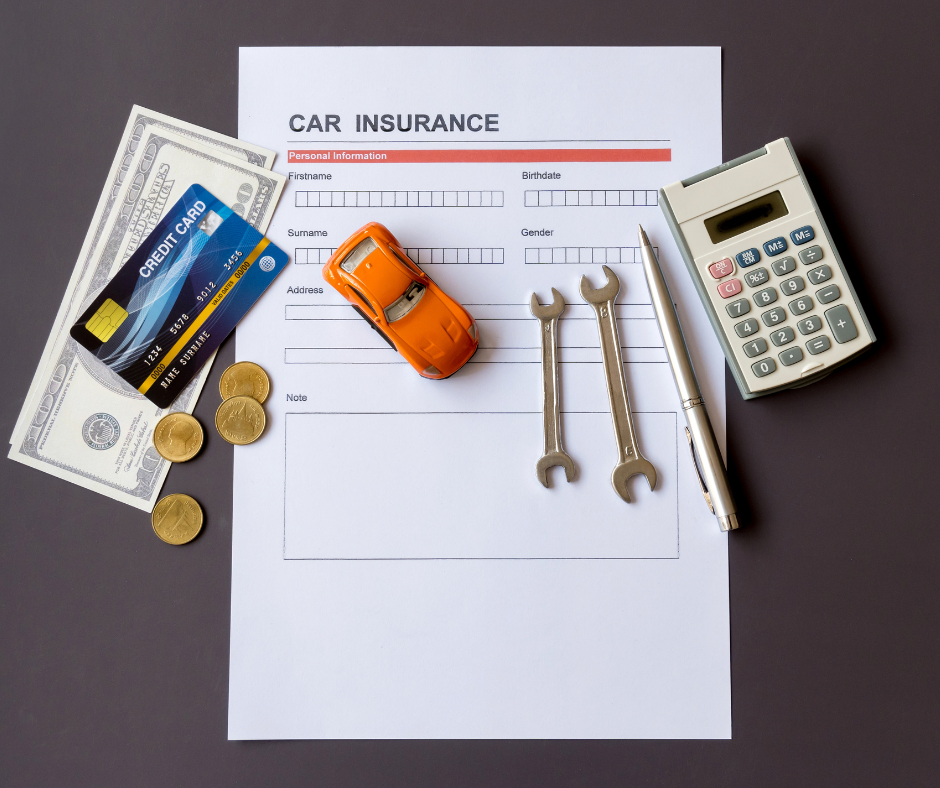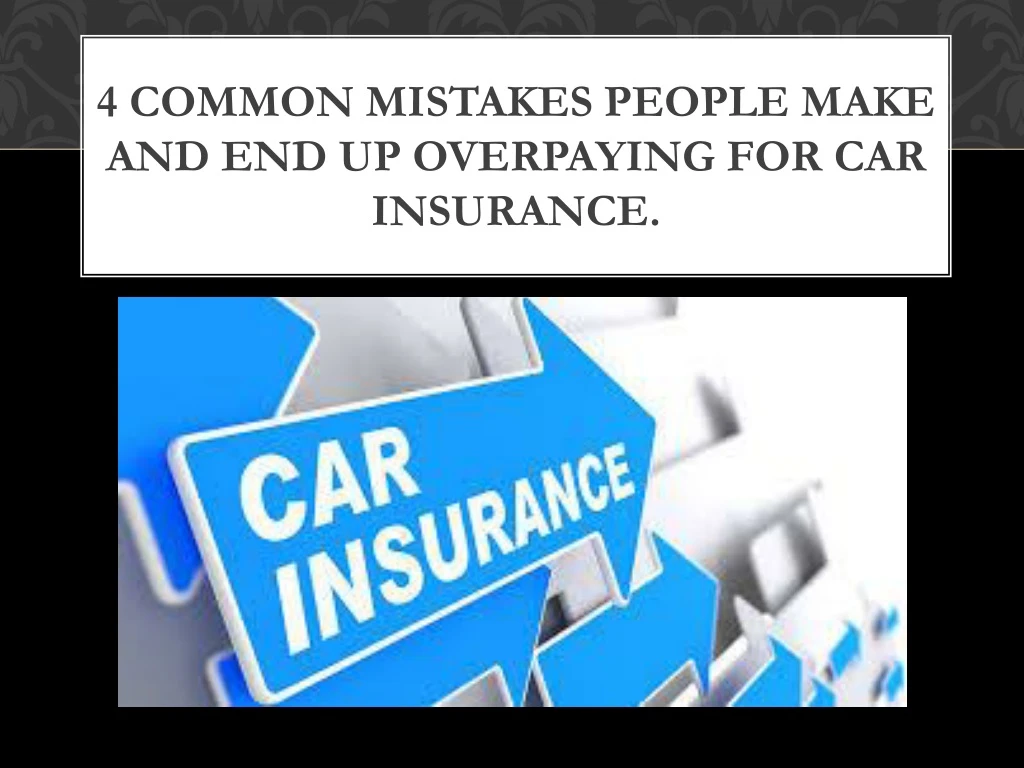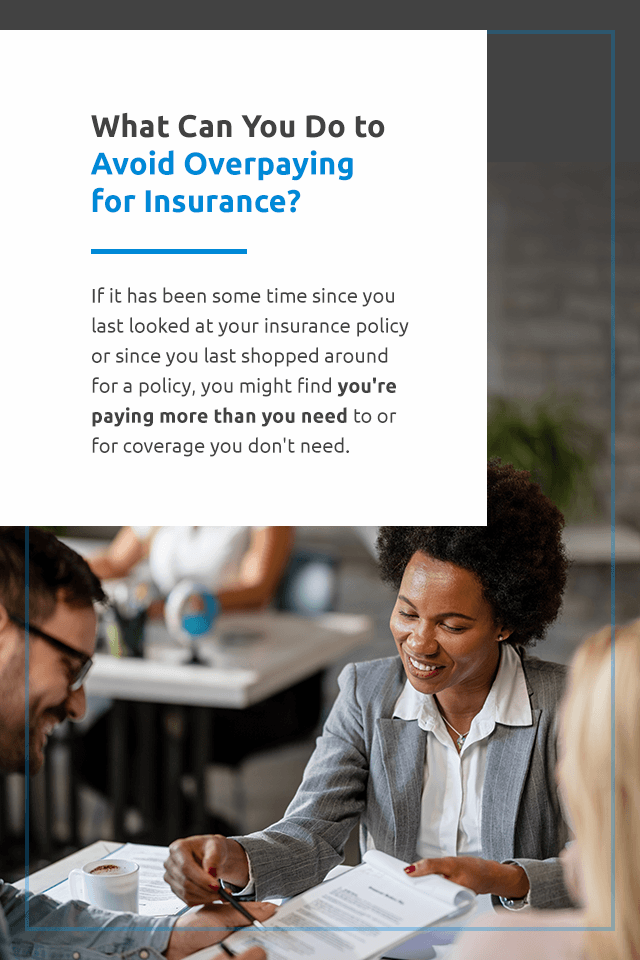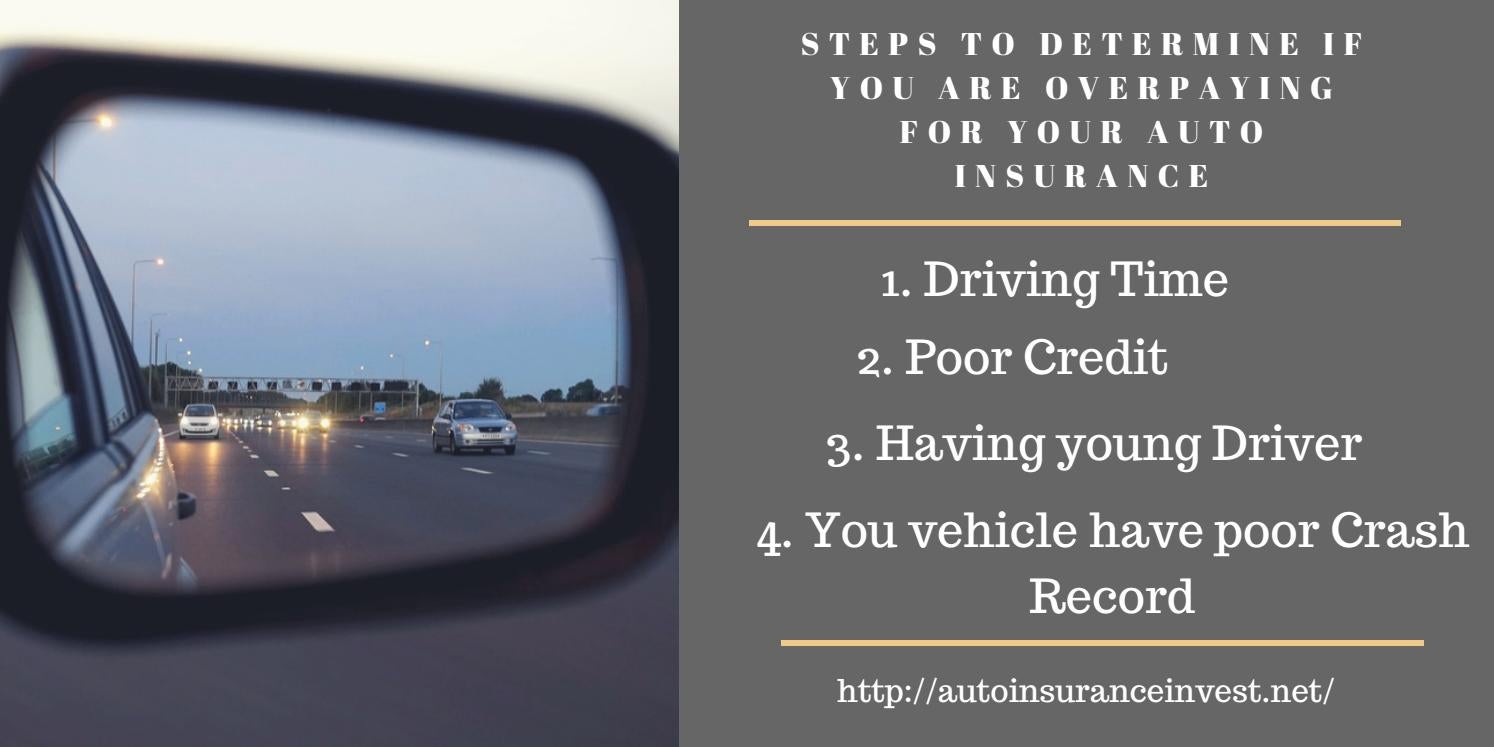Am I Overpaying For Car Insurance

Are you throwing money away every month on your car insurance? Millions of Americans are potentially overpaying, and you could be one of them.
This article breaks down how to quickly assess if you're paying too much for car insurance, highlighting key factors influencing premiums and providing actionable steps to potentially lower your costs. It's time to take control of your finances and ensure you're getting the best possible rate.
Are You Overpaying? Spotting the Signs
Several red flags indicate you might be overpaying for car insurance. Has your premium increased significantly without any changes to your driving record or coverage? If so, it's time to investigate.
Have you recently moved? Location is a major factor in determining insurance rates. States with higher population density and accident rates typically have higher premiums.
Also, review your policy details. Are you paying for coverage you no longer need? For example, if your car is older, comprehensive and collision coverage might not be cost-effective.
Factors Influencing Your Car Insurance Premium
Numerous factors contribute to your car insurance premium. Your driving record is paramount.
Your age and gender also play a role. Statistically, younger drivers and males tend to pay more due to higher accident rates.
Your credit score is increasingly used by insurers to assess risk. A good credit score can lead to lower premiums, while a poor credit score can increase them.
The type of car you drive significantly impacts your insurance cost. Expensive vehicles or those with high theft rates typically have higher premiums.
Your coverage levels also affect your premium. Higher liability limits and lower deductibles will generally increase your cost.
Who is Paying Too Much? National Averages and Trends
According to the Insurance Information Institute, the national average for car insurance is around $1,771 per year. However, this varies significantly by state.
For example, Michigan consistently has some of the highest rates in the nation, often exceeding $2,500 per year. Conversely, states like Maine and Idaho tend to have some of the lowest rates.
Data from NerdWallet suggests that drivers who shop around annually can save an average of $500 or more. This underscores the importance of comparing quotes from multiple insurers.
Furthermore, a Consumer Reports study found that loyalty doesn't always pay off. Long-term customers are often paying more than new customers for the same coverage.
How to Lower Your Car Insurance Premium: Actionable Steps
The first step is to shop around and compare quotes from multiple insurers. Online quote comparison tools make this process quick and easy.
Increase your deductible. A higher deductible means you'll pay more out-of-pocket in the event of an accident, but it can significantly lower your premium.
Bundle your insurance policies. Many insurers offer discounts for bundling your car insurance with home or renters insurance.
Ask about discounts. You may be eligible for discounts based on your profession, affiliations, or driving habits. For example, some insurers offer discounts for safe driving, good grades (for students), or military service.
Review your coverage annually. Make sure you're not paying for coverage you no longer need. Adjust your coverage levels based on your car's value and your individual circumstances.
Specific Examples of Potential Savings
Consider a driver in California with a clean record. By switching from a major insurer to a smaller, regional provider, they could potentially save hundreds of dollars per year.
A young driver in Texas can significantly lower their premium by taking a defensive driving course. This demonstrates a commitment to safe driving and can qualify them for a discount.
An elderly driver in Florida might be able to reduce their premium by taking a mature driver course. These courses often provide valuable insights into safe driving practices for older drivers.
When Should You Re-Evaluate Your Policy?
Re-evaluate your car insurance policy at least once a year. This ensures you're still getting the best possible rate and that your coverage meets your current needs.
Significant life events, such as moving, getting married, or buying a new car, should prompt you to review your policy immediately.
If you experience a change in your driving record, such as getting a ticket or being involved in an accident, contact your insurer to understand how this will affect your premium.
Next Steps: Take Control of Your Car Insurance Costs
Don't let your car insurance policy be a drain on your finances. Take the time to assess your current coverage and shop around for better rates.
Utilize online quote comparison tools and contact multiple insurers to get the best possible deal. Be proactive and take control of your car insurance costs today!
By taking these steps, you can potentially save hundreds of dollars per year and ensure you're getting the coverage you need at a price you can afford.
